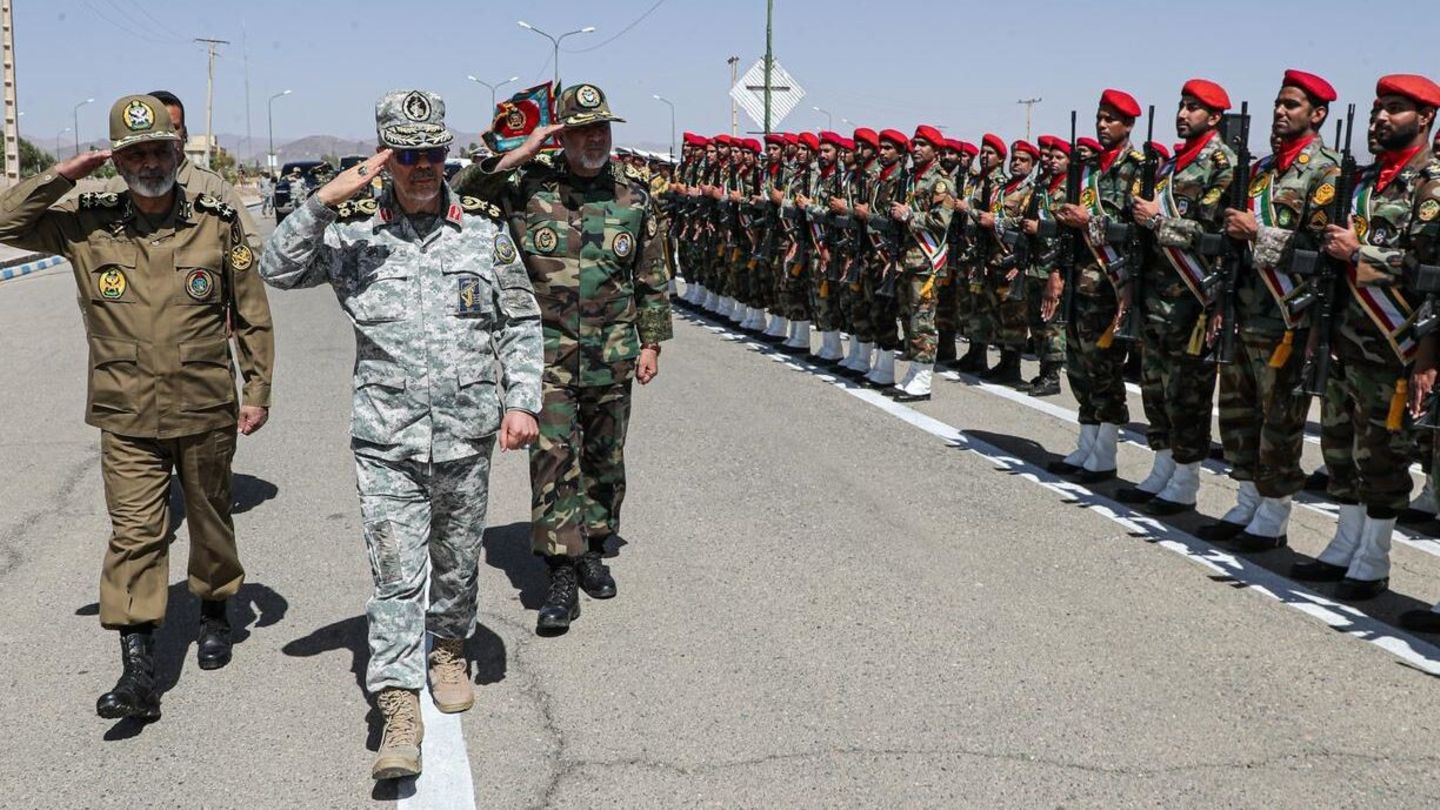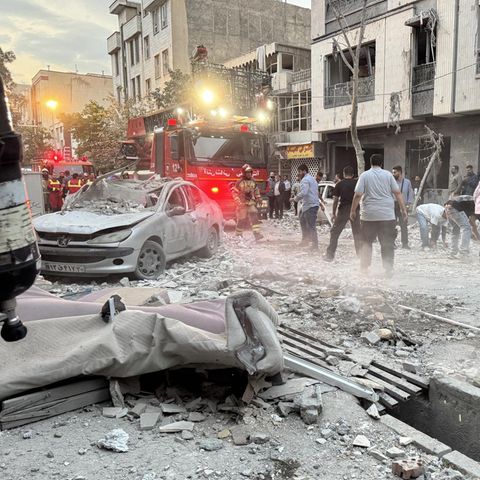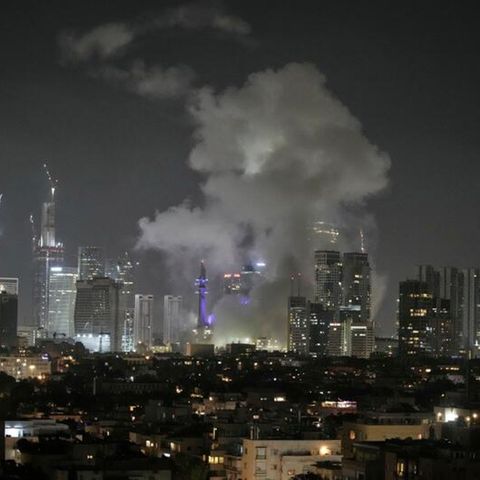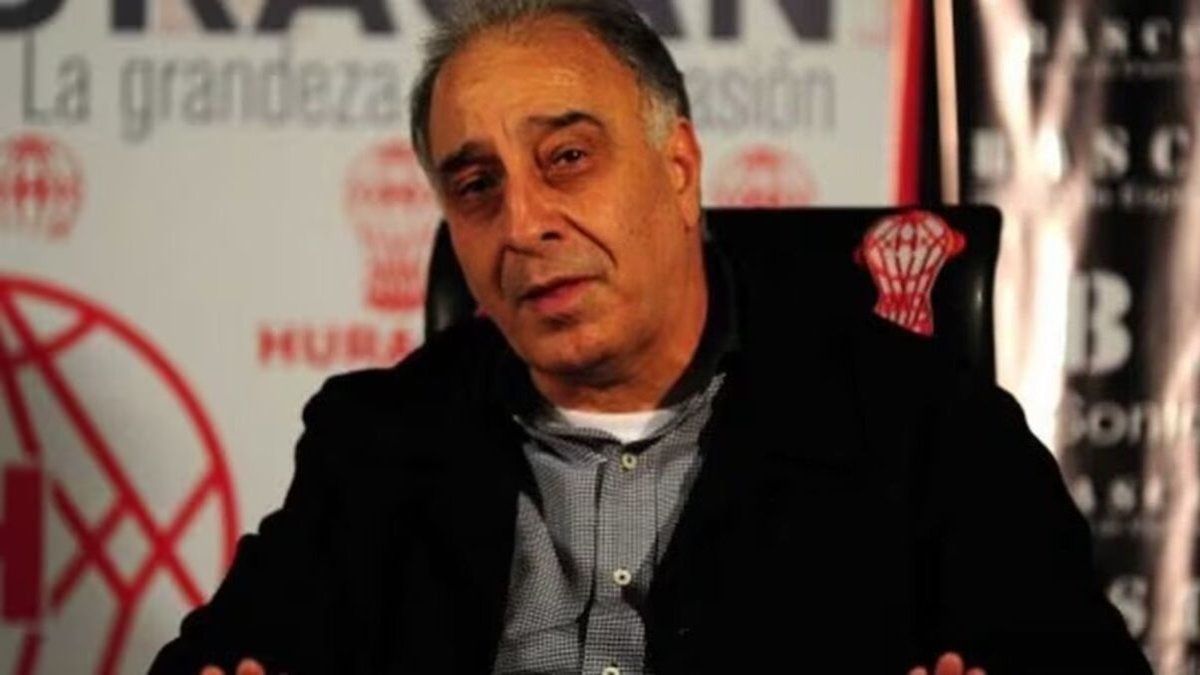High -ranking enemies of the state
Israel switched off these men when attacking Iran
Copy the current link
Add to the memorial list
In the attacks on Iran, Israel also killed several key figures that were presumably behind Tehran’s nuclear program. What did she do so dangerous?
For years, Israel has been a hidden war against the Iranian nuclear program – with drones, cyber weapons and targeted killings. In the night of Friday, Israel killed several ranked Iranian military and nuclear scientists within a few hours. Who were the men?
Mohammad Bagheri: The architect of the Iranian military strategy
Rank: The chief of staff of the Iranian armed forces
He is the second highest military military in Iran – directly under the top guide. is considered the man who held the strategic threads of the Iranian armed forces together. His task: the coordination between the regular military and the Revolutionary Guards (IRGC).
From an Israeli point of view, Bagheri was head behind Iranian expansion policy – significantly involved in arms deliveries to militias in Syria, Iraq, Yemen and Hisbollah and Hamas. In addition, he is attributed to a role in the military protection of nuclear systems, a strategic goal of the highest priority for Israel.
As a young man, he was one of those students who occupied the American embassy in Tehran in Chaos after the Islamic Revolution in 1979-and took 52 US diplomats as hostages there.
Hossein Salami: The face of the “axis of resistance”
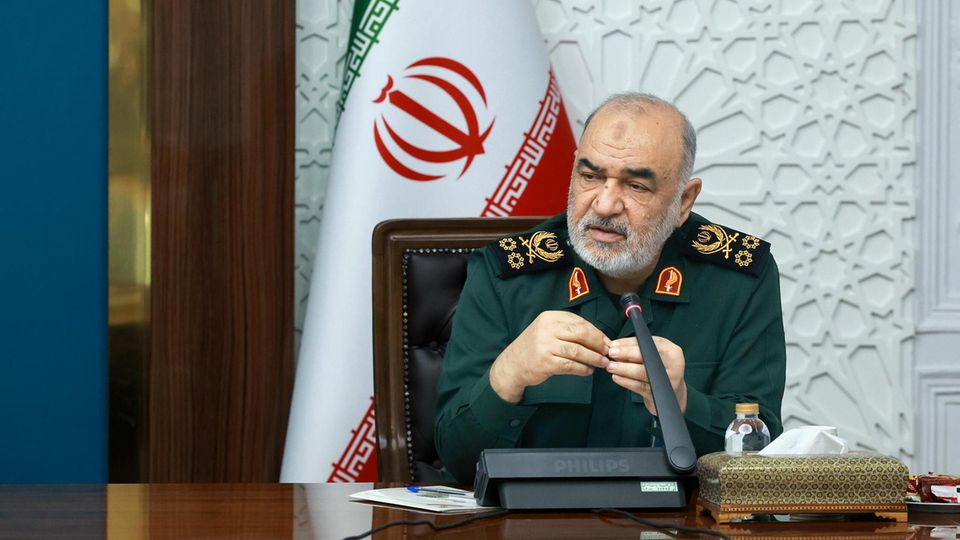
Rank: Commander of the Revolutionary Guards (IRGC)
He laid the foundation for his career in the Iran Irak War of the 1980s. Since 2019, the revolutionary garde has been at the top – an elite unit with enormous influence in politics, business and the military. Salami was the mouthpiece of an aggressive foreign policy based on confrontation with the West and the support of Shiite militias.
He is said to have carried direct responsibility for attacks on Israel through deputy groups and was considered a close military ally of Hamas and Hisbollah. For Israel, Salami was an active operator of anti -Israeli politics. He described the United States as “the source of all evil” and repeatedly called for the destruction of the “Zionist regime” of Israel.
Recently, he has played a central role in the suppression of protests in Iran by even having retired officers in the revolutionary guard mobilized in order to act against demonstrators.
Gholamali Rashid: The man for an emergency

Rank: Deputy chief of staff
Gholamali Rashid worked in the background – but his influence on the Iranian military strategy was enormous. Rashid played a central role in the establishment and coordination of Iran’s so-called “external armies”, including the Hisbollah in Lebanon, Hamas, the Huthi rebels in Yemen and Shiite militias in Iraq. In addition, he was largely responsible for the strategic planning of military reactions to attacks – especially in connection with the protection of Iranian nuclear systems.
From an Israeli point of view, he was significantly involved in the development of retaliation strategies – asymmetrical blows with which Iran could relieve Israeli soil in the event of war. Rashid’s targeted elimination could significantly weaken the Islamic Republic’s military command and reactionability.
Fereydoun Abbasi-Davani: The survivor
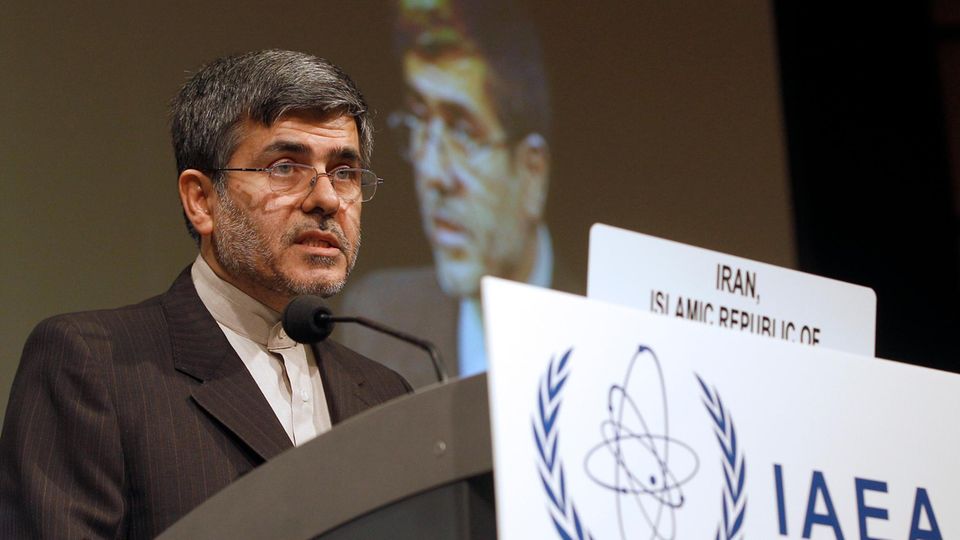
Role: Former head of the atomic energy organization
He was one of the most prominent heads in the Iranian nuclear program – and a survivor. In 2010, Fereydoun Abbasi-Davani narrowly escaped an assassination attempt that was attributed to Israel. From 2011 to 2013 he headed the Iranian nuclear energy authority.
Despite its official withdrawal, the Israeli secret service suspects that Abbasi was still involved in hidden nuclear projects. His technical knowledge of uranium enrichment and weapon technology made him one of the most dangerous men for Israel’s security interests – and a worthwhile goal in a hidden war.
Mohammad Mehdi Tehranchi – the academic with project access
Role: President of the Islamic Azad University, physicist
Tehranchi was not an officer, not a spy, not a politician – but a scientist. But his proximity to research -intensive, dual usable technologies, civil and militarily, made him explosive. As President of one of the largest universities of Iran, he had access to projects that could also be important for the nuclear program. Israel suspects him to have been hidden in military research projects. His role shows that this conflict blur the boundaries between science, military and politics.
Other killed scientists
In addition to the well -known names, other Iranian nuclear experts also appear in the perspective of Israeli secret services.
Abdolhamid Manouchehr: The expert for fuel processing
As a senior scientist in the Iranian nuclear program, Manouhr was particularly working on fuel processing. He was responsible for the chemical preparation of nuclear fuel and the development of processes for the manufacture of operational nuclear fuel.
Ahmad Reza Zolfaghari: The specialist for uranium enrichment
Zolfaghari was oneExpert for uranium enrichment and specialized in centrifug technology and advanced enrichment methods. His work included the optimization of gas centrifuges to separate uranium isotopes and the implementation of more efficient enrichment processes.
Amirhossein Feghi: The nuclear physicist for reactor technology
Feghi was a nuclear physicist with a focus on reactor technology and participated in the development and maintenance of nuclear reactor systems. He took over the technical interpretation of reactor components, security analyzes and the monitoring of the ongoing operation of core systems.
Motalibizadeh: The unknown
According to Reuters, only the last name is known. He worked in the Iranian nuclear research program and is said to have participated in secret, presumably military projects. Little is known about its exact role.
Source: Stern
I have been working in the news industry for over 6 years, first as a reporter and now as an editor. I have covered politics extensively, and my work has appeared in major newspapers and online news outlets around the world. In addition to my writing, I also contribute regularly to 24 Hours World.

